This series of blog entries describes the scientific analysis of pigments and dyes used on the Leman Album designs.
The Leman Album is a collection of stunningly colourful early 18th century designs for woven silk textiles created by James Leman (Figure 1). It was chosen in 2016 to be the focus of a multidisciplinary research project under the umbrella of the V&A Research Institute (VARI).

I saw my first Leman designs in May 2003. I had only been working at the V&A for about three years… that period now feels like a lifetime ago!
The designs were vibrant and full of colour (Figure 2), and my colleague Merryl Huxtable, V&A senior paper conservator, gave me access to a few of them to see what pigments and dyes I could identify using a Raman microscope, a type of scientific equipment which allows to recognise most historical pigments non-destructively.

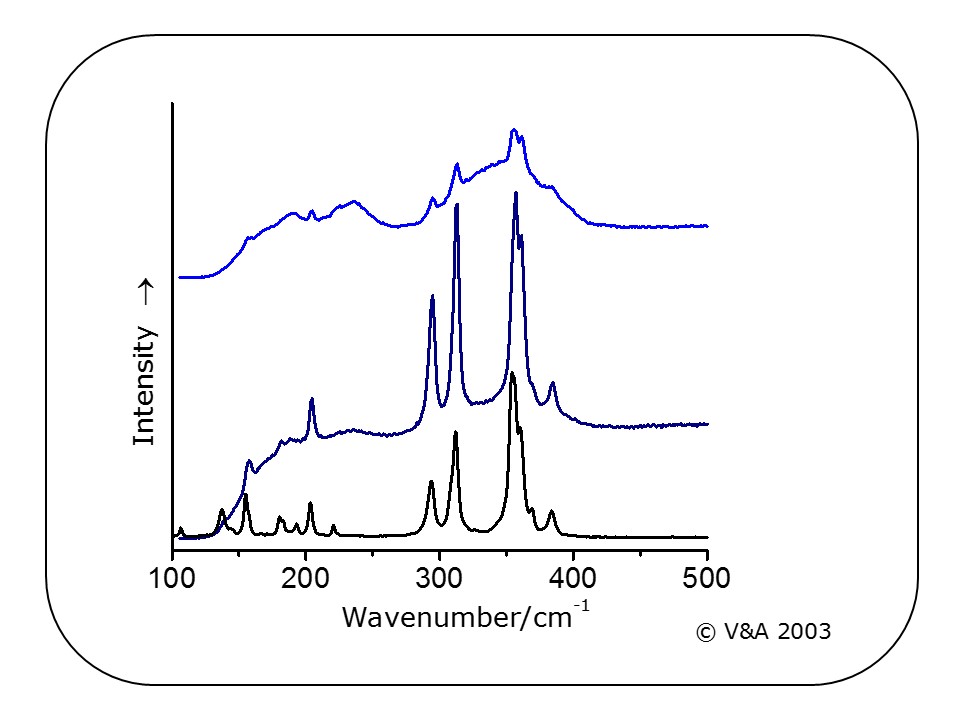
After a quick series of tests demonstrated that I could indeed identify pigments on the Leman designs conclusively and in a very short time (Figure 3), the designs returned to storage in the Paper Conservation studio, only to come back to the Science Section thirteen years later, in the autumn of 2016, for a much more detailed and thorough analysis (Figure 4).
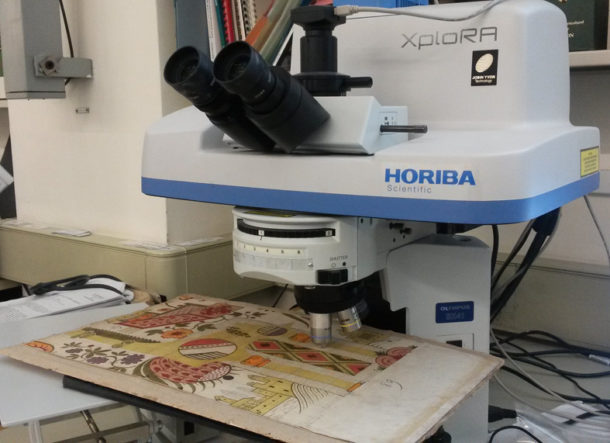
The main question was: can science help understanding the Album and its context better?
Our scientific analysis of the Leman Album was centred on four main points:
- The evaluation of the state of the designs (for conservation and storage issues)
- The identification of the artists’ materials – to compare them with what was available and used at the time, and to better inform choice of conservation treatments
- To find out if textile dyeing materials were used on the designs rather than the traditional watercolours one would expect for paper substrates
- To reconstruct the original appearance of the designs where degradation and/or fading of the original materials had occurred (Figure 5).
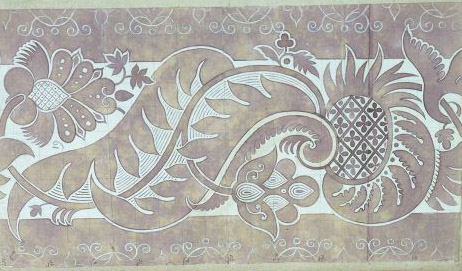
Most of the scientific analyses were done at the V&A by V&A scientists and interns using V&A scientific equipment. We also put in a successful bid for IPERION CH European funds to carry out additional tests. Sadly, it is unlikely that generous European grants such as this will be available to the V&A once Brexit becomes operational…
Stay tuned, over the next few weeks I will let you know more about our scientific investigations of the Leman album.
Read other Leman blogs:
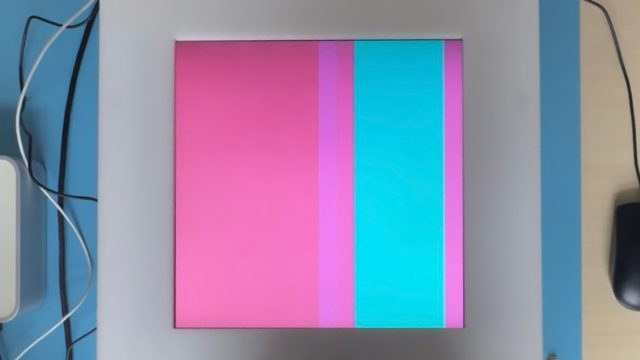
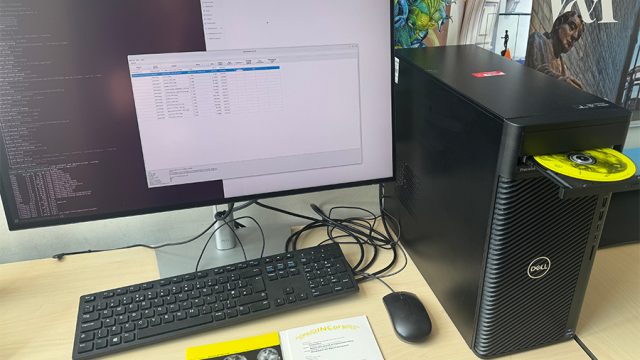

The designs were vibrant and full of colour. I like this.
Science should need to do help to understand this album.This so awesome post.Am feeling great to be here.
Great information really useful.
Thank you for sharing such useful information
Wow, look an amazing! I am a big fan of that kind of art.
I really welcome this great post that you gave us. I guarantee this will be of value to the vast majority of people including me.